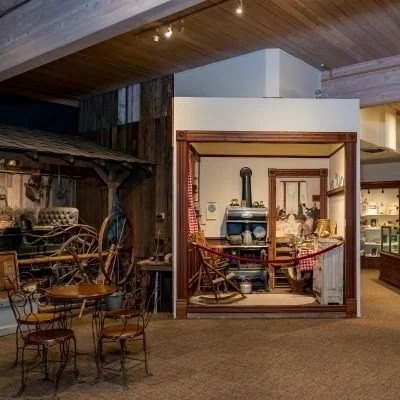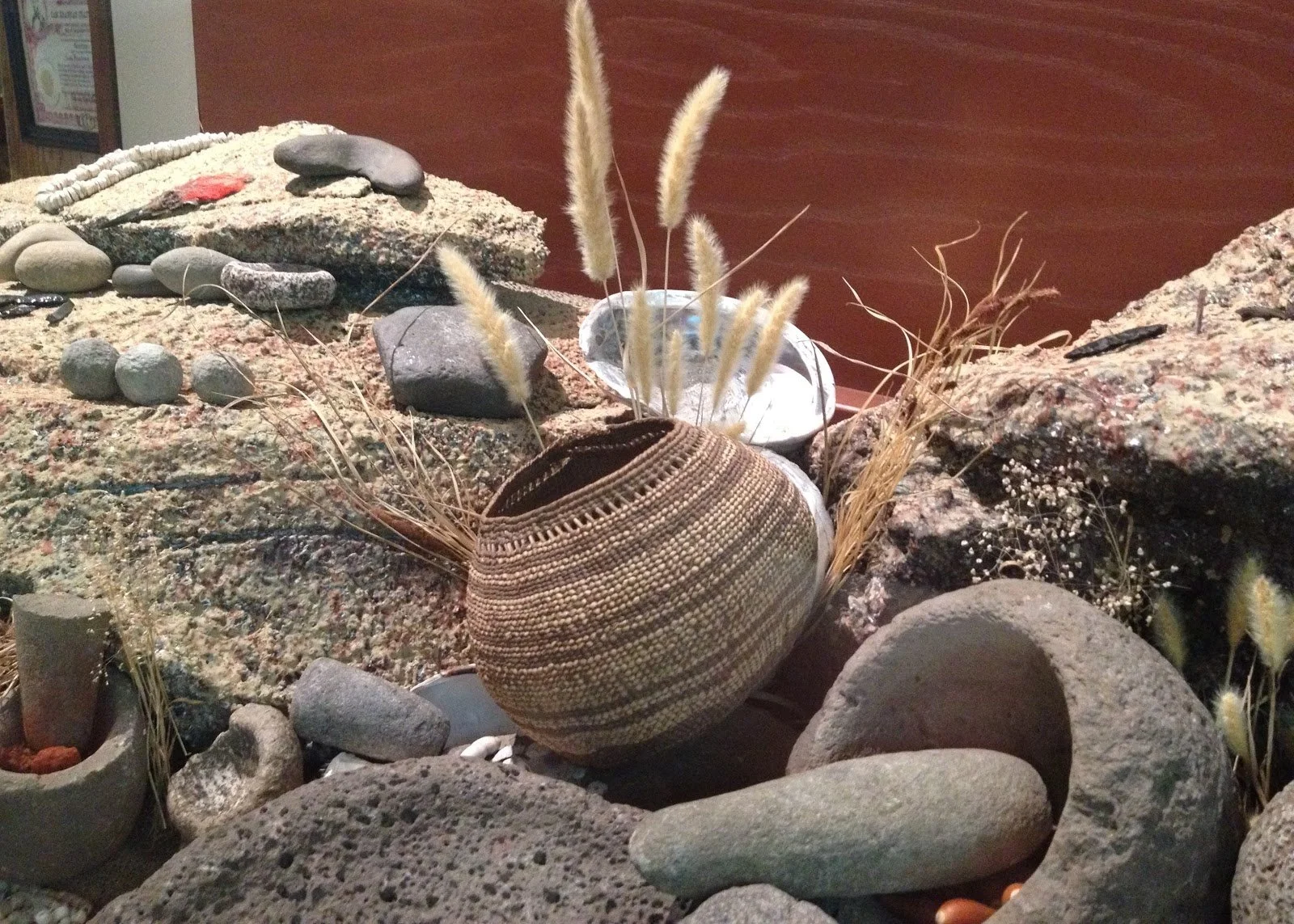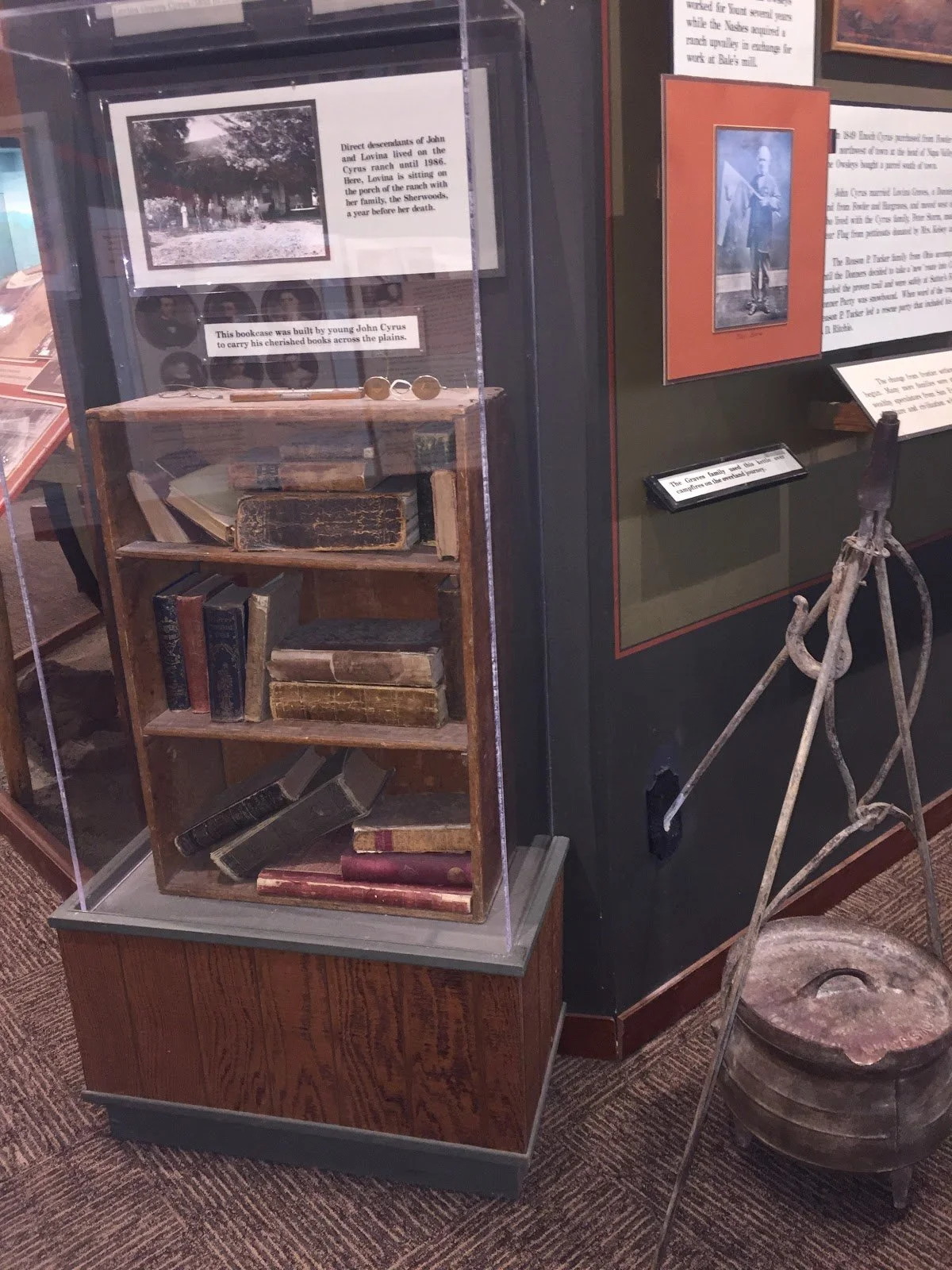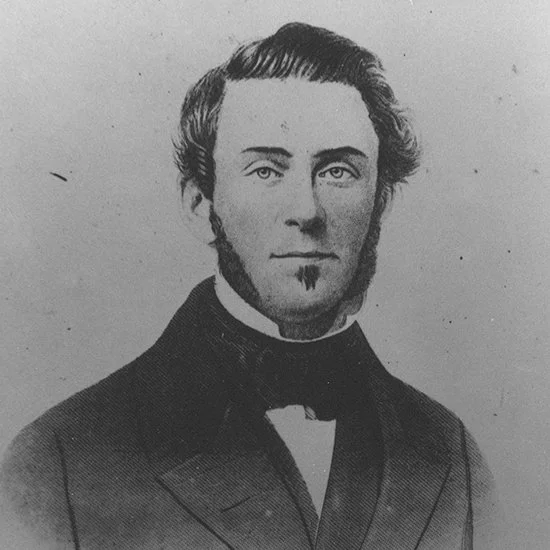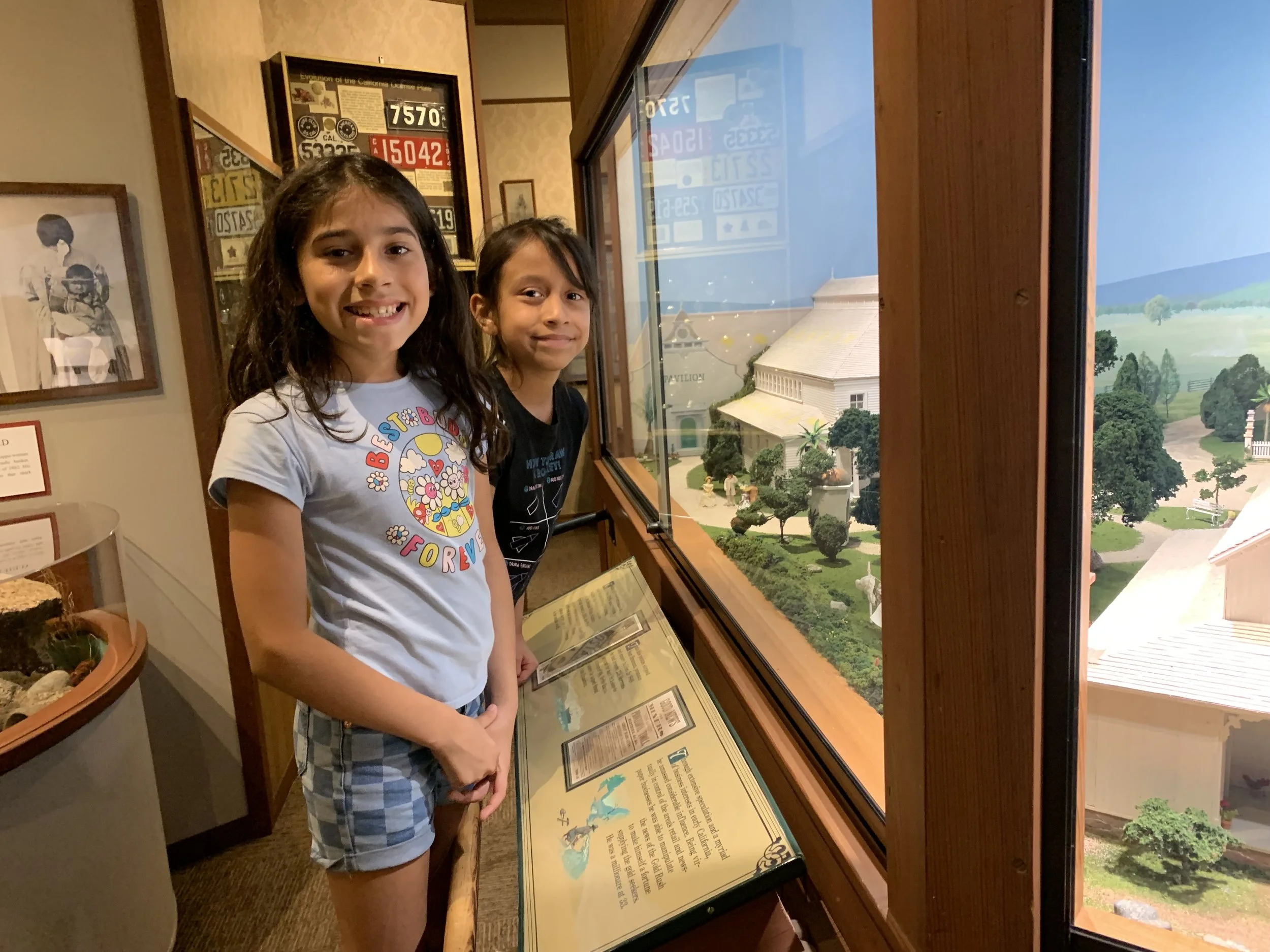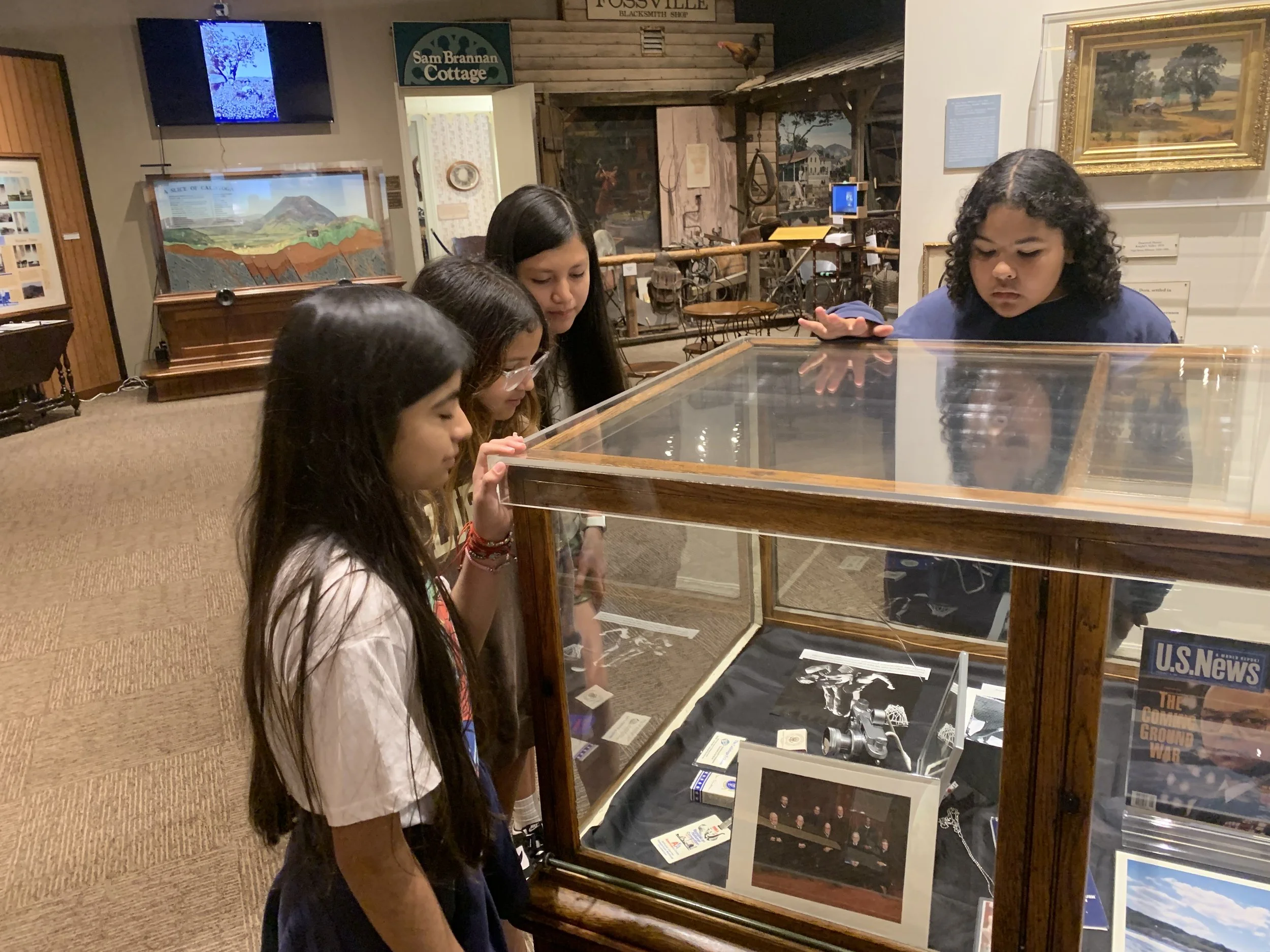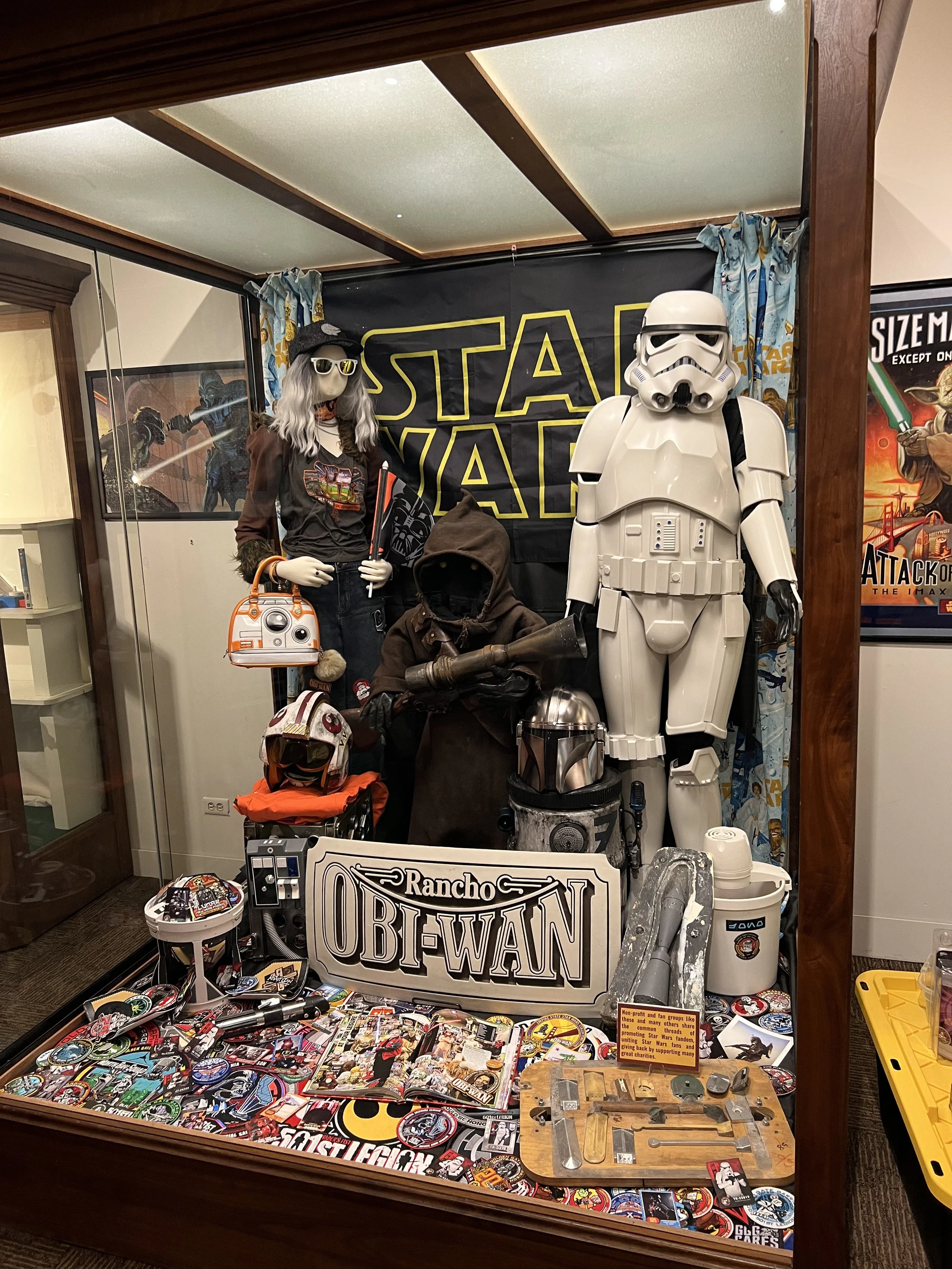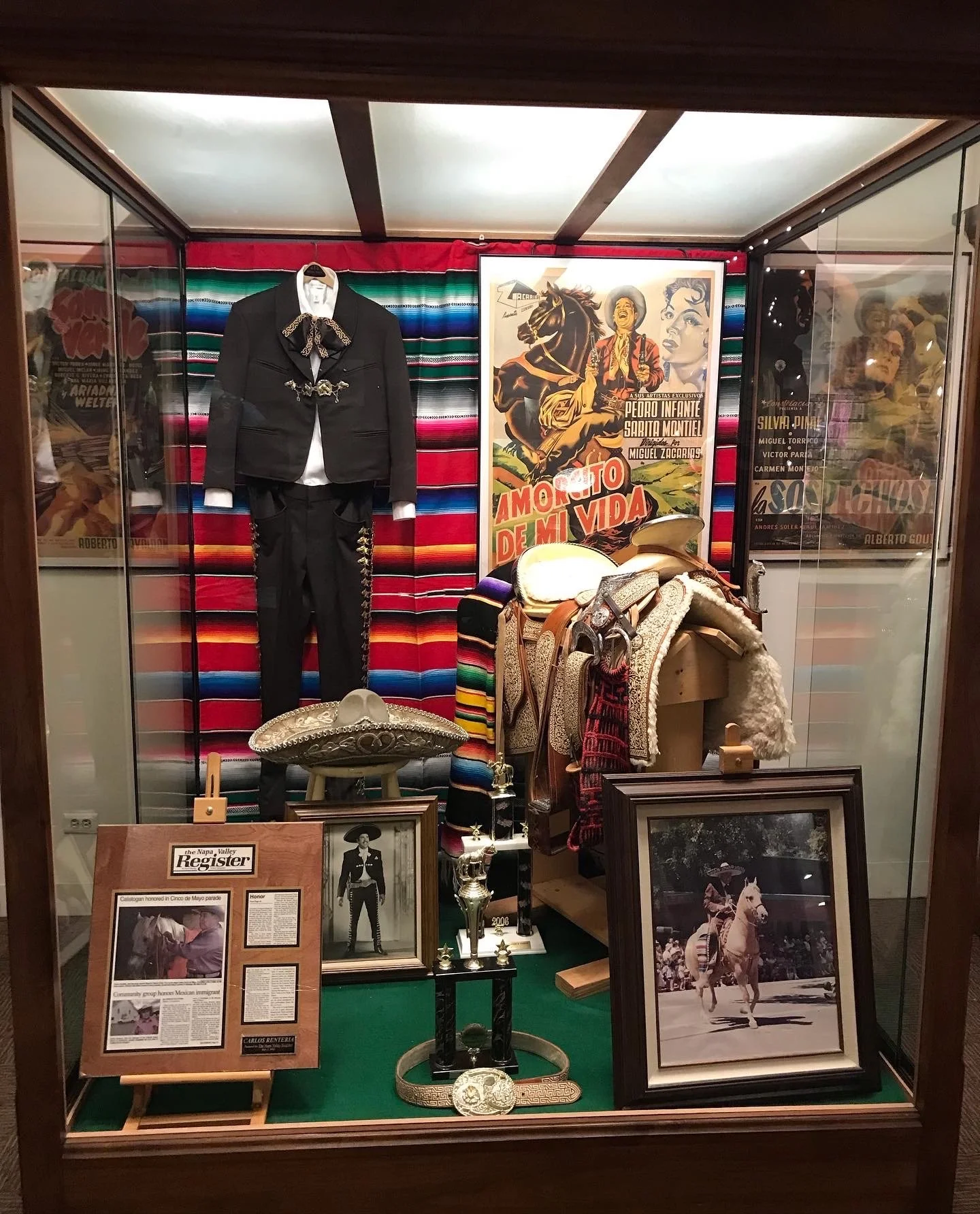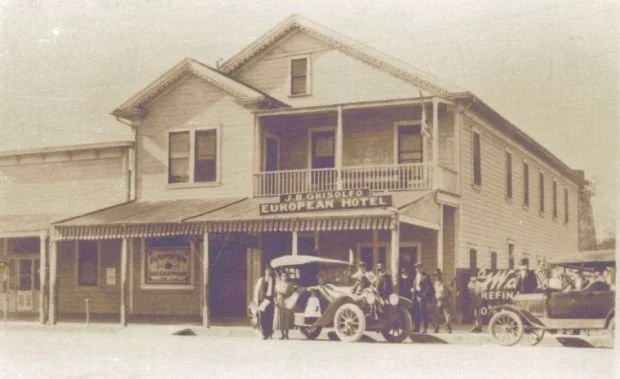
Exhibits
Current Exhibit
Upcoming Exhibit
Permanent Exhibits
Kid Friendly
Kid Friendly
Ben and Bernice Sharpsteen designed our museum with young visitors in mind, creating special accommodations that make history accessible to all ages. Children delight in our interactive, kid-friendly exhibits featuring pull-out risers that provide perfect viewing height for small explorers.
Enhance your visit with our free downloadable Scavenger Hunt!
The scavenger hunt transforms your family's museum experience into an adventure of discovery and learning. This engaging activity guides children through the museum's treasures, encouraging closer observation, critical thinking, and a deeper connection with history.
School & Group Tours
Are you a school, educational institution, or group looking for an enriching experience? Schedule a private tour at the Sharpsteen Museum today!
Bring History to Life!
Past Exhibits
Become a Sharpsteen Museum Member today!
Become a Sharpsteen Museum Member today!
Help preserve Calistoga’s History by becoming a Museum Member!
What People are Saying…




